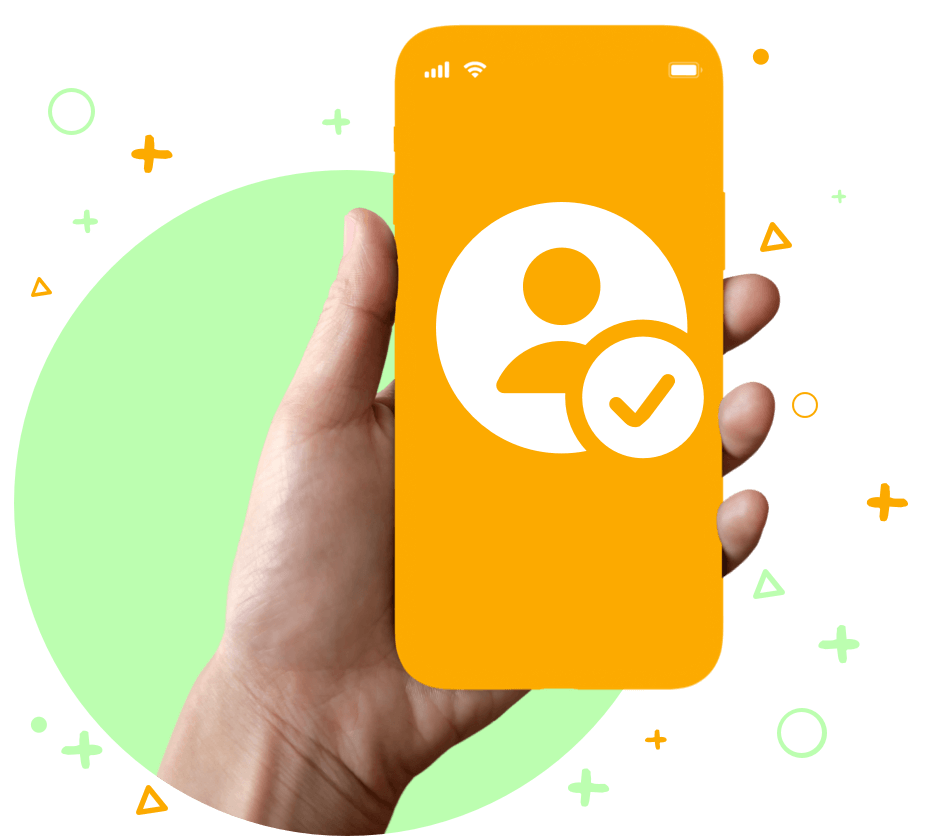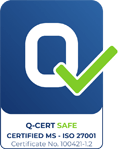Quick Links
What really is a landing page?
Simply put, a landing page is a web page that exists to gather contact information from users and increase conversions. In contrast to websites that present visitors with different types of products, services and offers. The landing page features is keeping your audience focused on a specific campaign, so as to make them more likely to convert. It’s the page someone “lands on” when they click a link you have shared with them, either in an email, on social media, an ad or elsewhere on the web.
These designs aim to direct the visitor towards a single relevant call-to-action (CTA) for your campaign, intentionally excluding distracting features such as internal links.
And, of course, each landing page features serves different marketing goals based on your marketing campaign. Lead capture pages offer a downloadable resource in exchange for contact information, while a sales page directs the user to purchase a product.
This article will give you nine important tips to keep in mind when creating your landing pages.
Let us begin.
9 essential features of a great landing page
1. Clean, Μinimal and Organized Design
The look and feel, and overall structure of your page design has a huge impact on the effectiveness of your landing page templates and how well it drives conversions. The simpler its design, the easier it will be for your visitors to navigate, and then convert. It is therefore important that all elements of your page work towards the conversion objective, whether that is filling out a form, signing up for a newsletter, downloading a white paper or making a purchase.
An effective landing page design makes smart use of colour and eye-catching images and maintains a clean, minimal and attractive visual impression. It provides all the necessary information needed to encourage visitors down the funnel, but nothing extra. Too much info can be overwhelming. So, put essential info front and centre, and above the fold, and make it easily scannable.
All in all, go for simplicity and remove the fluff. Don’t pack a lot on your landing pages.
2. Use a strong headline to broadcast offer value
The landing page header or headline, is the first thing your visitors will see and therefore it has to capture their attention. And don’t forget, you have about 8 seconds to convince users your offer is worth pursuing.
So, it has to be strong, catchy and offer value, while being clear and concise in order for users to immediately understand why they’ve landed on your page. You don’t need to feel restricted, as you can follow it with a subheading that offers more detail or highlights what makes your offering unique. Your subheader can be a direct extension of the main headline or an additional persuasive message, convincing users to stay on your page.
Another thing to consider in writing your headline is relevancy. Think of whether it reflects what was promised to the user when clicking the link, or if it makes them want to continue reading to find out more.
3. Strong social proof
Good landing pages widely use trust signals to demonstrate to visitors that their offer and brand are trustworthy. If you’ve ever bought something online you surely have obsessively scrolled through thousands of product reviews. That’s social proof and it is critical.
By including trust signals on your landing page, you add credibility to your offer and erase any doubt your readers may have.
By using social proof visitors are more likely to convert into consumers if they see that others before them have bought and used your offer. You may use social proof on your landing page using many different forms:
- Expert testimonials and customer reviews
- Customer count
- Statistical evidence
- Trust badges or customer logos
- Awards
- Business contact details
4. Make it mobile-friendly
Ιt’s essential that your landing page is easily navigated on mobile devices, as a large percentage of your audience will browse the page from their mobile. Reports even show that having a mobile-friendly site can double your conversions!
So, make sure your landing page looks and feels good on their mobile devices and is easy to navigate, fast to load, and ultra clickable. Keep in mind that mobile users will only get larger, and having a responsive landing page will be even more vital to a professional sales funnel.
5. Effective CTAs
The purpose of your landing page is to convert. And your call-to-action (CTA) is the tactic that makes your conversion goal a reality, so without a doubt it is a crucial element of your landing page.
A good CTA articulates what a visitor will receive after their click. It should be clear, clever and stand out in order to capture attention and increase the chances of conversions.
Therefore, its placement and how you design it are essential to its success. Your CTA should be compelling and exciting using different colours, fonts, sizing, and placement but also persuasive. Use a contrasting colour and make the button big enough so there’s no doubt where to go to redeem your offer. Be sure to use only one CTA so visitors don’t get confused.
6. Keep your forms short
When a user visits your site, you want to collect as much data as you can from them. To get that information you should make users fill out as few form fields as possible. The more fields visitors have to fill, the less likely they are to complete the form and convert.
So, ask your visitor to provide information like name, company, email and job title. If you want to learn more about them, you can use progressive profiling, in order to ask additional questions each time they interact with you. When designing your form keep in mind that you should make it quick and easy to complete.
7. Engaging copy
Like everything on your landing page, your copy too should be short, clear and to-the-point, and relevant to the call-to-action. So, choose your words well and don’t waste your visitor’s time.
Make it clear to your visitors what you are offering, what they will learn or what value and benefits they will receive from your offer. You want copywriting that persuades the visitor and can spark action.
Use bullet points or bolded words and benefit-oriented language to speak directly to your visitors, and try to personalize your content so it’s less generic.
8. Think of your white space
In order for your engaging copy to ‘shine’, you will need to make good use of white space (aka negative space), which will help draw attention to elements of your page you want to be highlighted. Therefore, you will have to help create a visual hierarchy and reduce page clutter, improving readability and comprehension.
This will make it easier for the user to make it to your call-to-action. Unlike websites, a landing page should have a specific path so the user can easily accomplish the action you want them to.
Although you might feel like white space is a waste of space, you should remember that it is just as important as other design elements, especially online, where your readers demand answers to their questions immediately.
9. Test, test, test.
So, you have successfully completed all of the above. That’s great, but it’s not time to just let your landing page sit there. Testing is the final hallmark of good landing pages. In order for a landing page to be effective, it needs a thorough amount of testing, so as to see how it is performing, what you are doing right, and what you are not! As every market and every campaign is different, testing becomes even more vital.
Gather information on your landing page’s performance. Look at heat maps, scroll maps, and user recording sessions to see where there is room for improvement. Then, make changes and test different versions of your landing page against each other to see which one performs better.
Start building your landing pages
Hopefully, the above has given you some insight into what makes a great landing page. Yet, if you need help getting started, WayMore’s landing page builder can help you out.
By using these elements you sure are on the right path to success. With the help of WayMore’s Landing Page Builder you will have all the guidance you need to make it a reality.
You can create and publish landing pages quickly, with your user’s experience in mind. There is no need for any coding skills, you can build good-looking landing pages that are truly relevant and tailored to each user in just a few minutes. So, wait no more. It’s time to get started!




